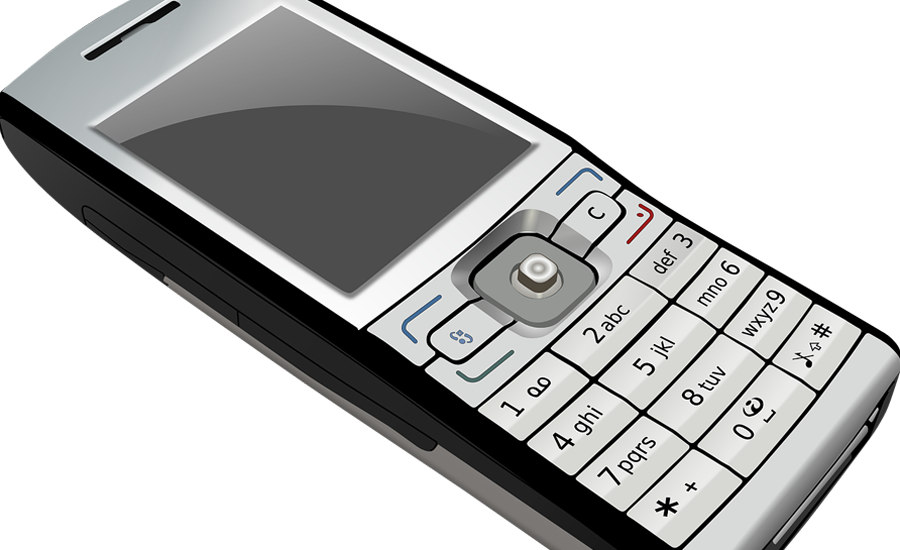Assisted by the widespread use of smartphones, 24 percent of 13- to 17-year-olds are online “almost constantly,” according to a new report from the Pew Research Center. In addition, according to the Teens, Social Media & Technology Overview 2015, 93 percent of people in this age group use the Internet daily, enabled largely by the convenience of smartphones.
A great deal of activity includes the use of social media sites and texting apps; 91 percent of teen cellphone owners use text messaging—either directly through their mobile phones or through an app. Thirty-three percent of teenagers use messaging apps like Kik, WhatsApp or Facebook’s Messenger.
The Pew study also found:
- While 30 percent of these teens have or have access to a smartphone, another 30 percent have a basic phone and 12 percent don’t have a cellphone of any type.
- African-American teens are more likely to have smartphones than those of other races—85 percent compared with 71 percent of both Hispanic and white teenagers.
- 91 percent of teens go online from mobile devices at least occasionally; among those, 94 percent go online daily or more often. Sixty-eight percent of those without mobile phones access the Internet daily.
- In addition to texting, a great deal of teens’ online activity occurs on social networking sites. The Pew report states that Facebook remains the most used social media site among American teens between the ages of 13 and 17, with 71 percent of all teens using the site. Half of teens use Instagram, and 4 in 10 use Snapchat.
- According to Pew, 71 percent of teens use more than one social media site.
Safety programs must adapt with the times. Experts contend it’s acceptable for younger employees to communicate via messaging—text, Snapchat, Facebook's Messenger, WhatsApp—or send some work e-mails on their phone.
In addition to communicating in the way these teens prefer, employers can enjoy cost savings from embracing the “bring your own device” (BYOD) to work trend.
“Companies can save $300 to $1,000 an employee per year by utilizing the communication platform (phone, tablet, and laptop) that the employee already has, according to the Cisco IBSG Horizons Study.
Mobile messaging is electronic communication that cuts past the clutter of e-mail -- use it as a monthly reminder for wellness, training and company updates.
Still, younger workers will need training in time management. Employers will need to convey, for example, that “If you have a deadline, everything else gets shut off—everything is a distraction and nothing else matters.”
Future workers will need to learn to focus by disconnecting from e-mail, the Internet and the telephone and by eliminating other distractions.
Source; Aliah D. Wright is an online editor/manager for SHRM and author of “A Necessary Evil: Managing Employee Activity on Facebook, Twitter, LinkedIn … and the Hundreds of Other Social Media Sites”(SHRM, 2013).






